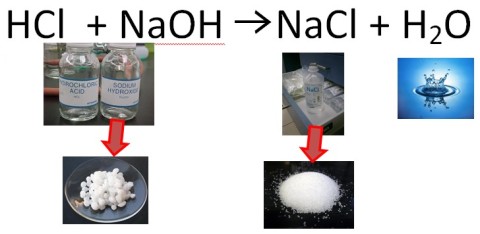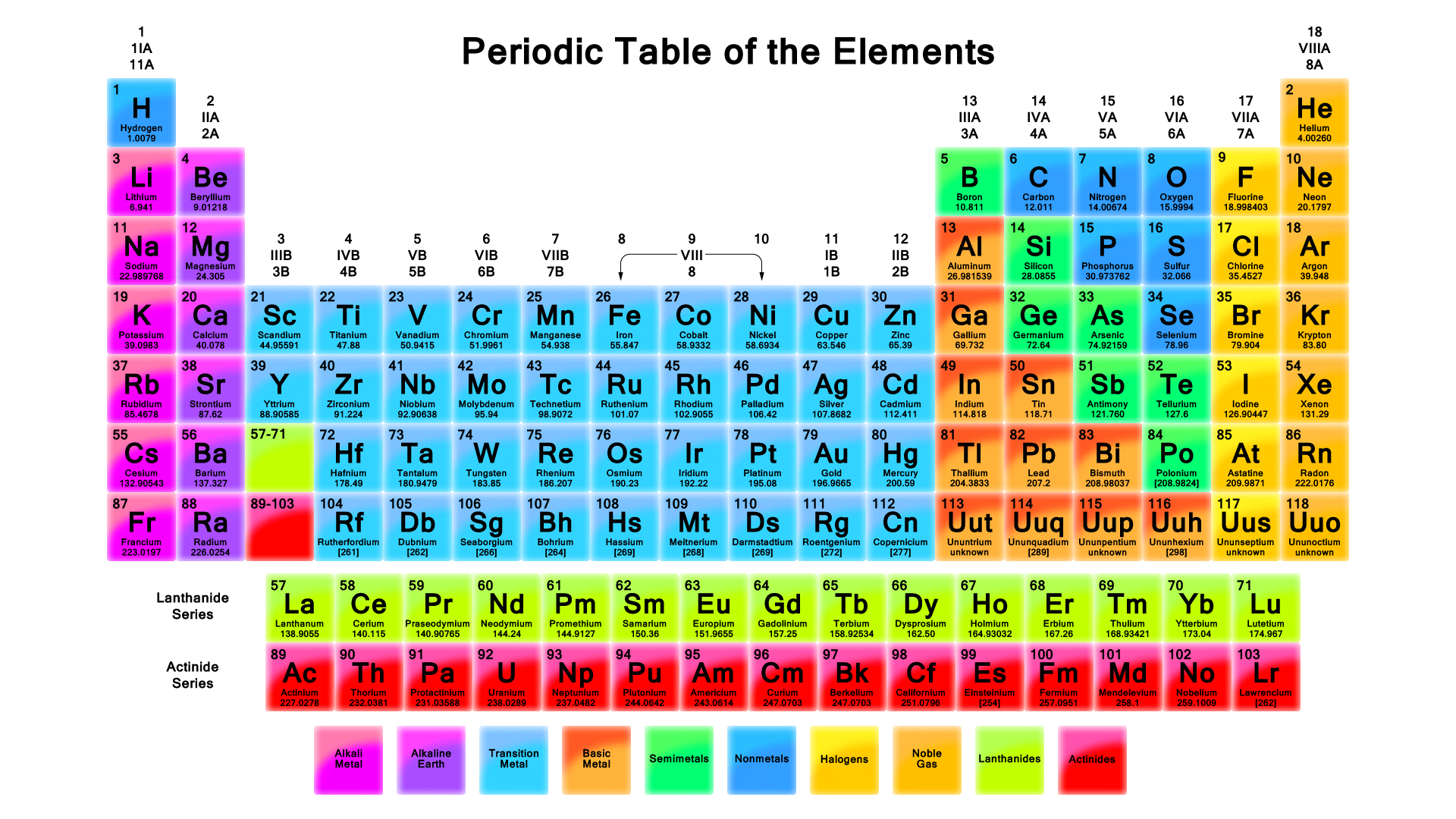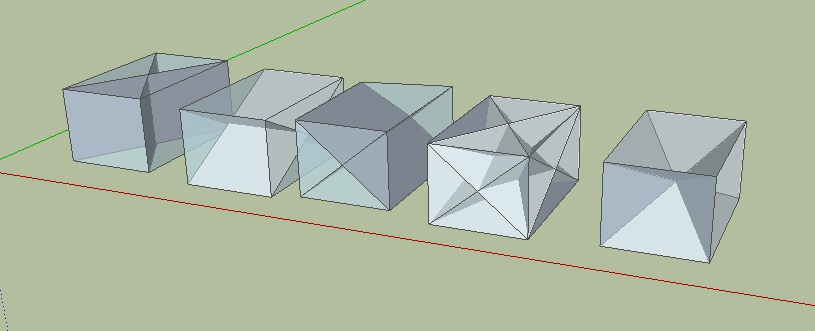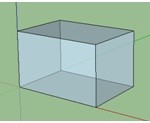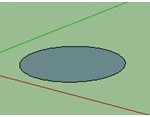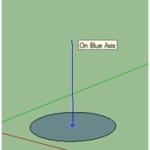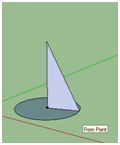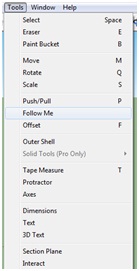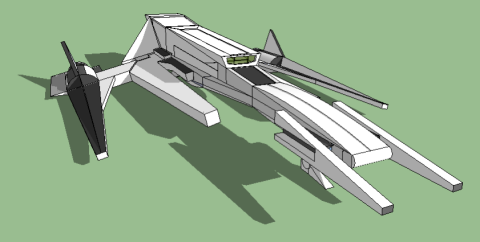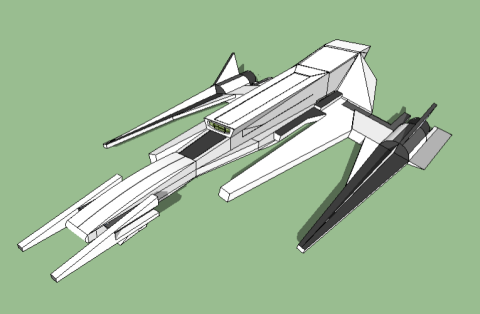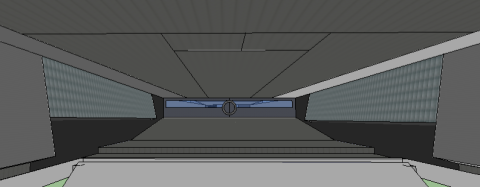Menemukan anak saya yang kebingungan bercerita tentang betapa sulitnya pelajaran fisikanya saat ini, membuat saya mencari beberapa referensi tentang bagaimana menjelaskan materi tersebut kepada siswa kelas 7 yang baru tiga bulan lalu membuang label “anak SD” di statusnya.
Dalam kebingungannnya, diapun bercerita dengan runut apa yang terjadi di kelas. Bagaimana si guru berusaha menjelaskan dan membuat anak-anak mengerti, tetapi di sisi sebaliknya, anak-anak yang tidak mengerti maksud yang dikatakan si guru. Keluarlah kata-kata baru yang ditangkap anak saya saat penjelasan di kelas seperti sistem periodik, ion positif, asam, basa, garam, cl, so4, lakmus merah biru, wuuaahh banyak deh. Semuanya ditanya ini apa, itu apa (Jadi ingat dulu slogan sebuah iklan pengetahuan di televisi “mengapa begini, mengapa begitu”).
Saya kok rasanya bisa merasakan bahwa mayoritas anak-anak ini sepulang dari sekolah mengalami hal yang sama “kebingungan”…. ini belajar apa yakk? Yang berbeda ya hanya reaksi mereka saja karena tiap anak kan memang berbeda dan spesial. Anak saya mungkin reaksinya membela dirinya dengan mengatakan “semua teman-teman juga bingung ma, di kelas berisik karena pada gak ngerti”. Tidak menutup kemungkinan anak lain yang makin tambah cuek karena tidak mengerti apa yang dipelajari atau sebaliknya semakin tertantang membuat dirinya mencari, bertanya, belajar dan sedikit demi sedikit menemukan jawabannya sendiri.
Saya membuka buku catatannya, membuka buku panduannya, dan merasa hanya bisa tarik napas dan berkata “yuk kita belajar semampu kamu menangkapnya saja ya”… Mulai deh kami belajar. Larutan Kimia itu dibagi tiga skala besar, asam, basa dan garam. Untuk mengetahuinya perlu indikator, indikator itu ada pada kertas lakmus, indikator buatan dan indikator murni. Mengapa dia disebut asam karena terdiri dari gabungan ion positif hidrogen dan ion negatif dari non metal. Singkatnya depannya harus ada H….
Kelihatannya sejauh ini berhasil nih menjelaskannya 
Ampunnnnn nak, mama sudah banyak lupa, harus belajar lagi, apa mama daftar masuk smp lagi yuk, sekelasmu deh?
Pertanyaan runut yang menunjukkan, begitu luasnya ilmu dan ingin diketahuinya. Permasalahannya, di tempat yang namanya sekolah dan terbatas oleh kurikulum serta silabus, hal ini sering menjadikan ilmu itu terbatas, “sampai di sini dulu ya” (mungkin begitu kata para guru), “sudahlah hapalin aja ini bentuknya” (nanti testnya kan yang ini saja)…. entahlah.
Yang tidak terpungkiri adalah, dulu saat saya dikenalkan pelajaran kimia, rasanya malah lebih “nurut dan patuh” terima bahwa itulah unsur kimia, tidak “protes” dengan memberondong pertanyaan “itu apaan?”, “itu gunanya apa?”…. Tapi ya itu dia namanya perubahan, perubahan jaman, perubahan karakter seseorang akibat perubahan lingkungannya. Jadi kalau kurikulum 2013 masih mengangkat kompetensi dengan kata-kata “patuh”, tambah bingung saya menterjemahkannya.
Mungkin satu hal lagi adalah, dulu saya dikenalkan kimia saat kelas 10 sma, sekarang anak saya kelas 7 smp. Woww hebat, dalam benak orang-orang tertentu memang begitu lah “belajar duluan, supaya lebih cepat pintar” (seperti pernyataan beberapa orang tua yang diinterview acara Buah Hati di salah satu stasiun TV kemarin mengatakan anaknya memang dipaksa belajar membaca berhitung di usia 3 – 4 tahun supaya tidak ketinggalan saat masuk SD). #duh
Salahkah belajar kimia di kelas 7? Tidak sama sekali. Apa yang dipelajari? Yang cocok dengan pemula anak usia 12 tahun-an. Tapi pelajaran ini kan hanya sub topik belajar dari mata pelajaran fisika? Nah itu dia, mengapa berkesan “ditempel” saja di pelajaran fisika, belum lagi, pelajaran fisika saja merupakan turunan dari IPA (level SMP hanya mengenal IPA). Jadi kesan yang tertangkap (saya) adalah pelajaran sih IPA saja (sains / science) tapi demi membantu siswa dan penjual buku paket, dibagilah lagi IPA fisika dan IPA biologi, lalu niat membantu berlanjut dengan IPA kimia (kemarin saya menemukan satu buku soal-soal bertajuk IPA kimia ini). Tapi bagaimana dengan kondisi psikologis si anak yang harus terima sebegitu banyak materi pelajarannya? Si anak yang memikirkan mengapa menuliskan asam sulfat sebagai H2SO4 ? Apa bedanya dengan cara menulis HCl maupun Al(OH)3 ? Sementara jika memang bersifat “tempelan” yaa tidak apa-apa juga, anggaplah sebagai perkenalan untuk anak-anak kelas 7 ini 
Yakinkah mereka akan belajar reaksi kimia asam / basa di atas detil mengikuti aturannya (mengetahui jumlah ion positif dan negatif, misalnya)? Rasanya bapak ibu guru pengampu mata pelajaran inipun bisa setuju dengan saya yaitu jawabannya tidak kan?
Contoh lain, pada saat anak saya belajar topik suhu, diminta menentukan pada suhu berapakah skala celcius akan sama dengan skala fahrenheit? Ujungnya, anak saya dan semua temannya wajib melakukan langkah-langkah penyelesaian menggunakan sistem penyelesaian persamaan (Aljabar). Mirisnya, dalam penyelesaian aljabar persamaan linier, metode balancing (secara sistematis) belum diperkenalkan di jenjang SD bahkan baru akan mulai di kelas 7 ini, jadi bukannya anak-anak ini tidak bisa melainkan tidak selancar level anak yang sudah mendalami sistem persamaan linier.
Kembali ke persoalan kimia ini. Singkat cerita, dengan penjelasan yang relatif sederhana, kemarin anak saya baru sebatas mampu membedakan mana jenis asam dan basa, serta menggunakan indikator kertas lakmus (ooww yaa akhirnya dia terbayang apa itu kertas lakmus 
Lalu bagaimana ya sebagai guru menjadikan pembelajaran ini semenarik mungkin dan memancing siswa ingin belajar lebih jauh dan tertarik dengan hal baru ini. Di situlah tantangannya. Guru jangan terjebak ingin memberikan semuanya karena merasa dituntut kurikulum dan silabus dan harus menyelesaikan RPP saja, tetapi bagaimana membuat siswa merasa “wah, ini sulit ya pelajarannya, ingin tahu ah, ingin belajar lebih banyak”, jangan ragu, takut dan putus asa ketika si anak mengeluh dan mengatakan “susaaahhhh, saya gak bisa, gak mau belajar”, karena rasa putus asa guru bisa berakibat “pokoknya besok akan ada quiz ya, yang tidak perhatikan, tidak bisa”. Rasanya sih juga tidak perlu berangan bahwa anak menjadi tertarik dengan diberikan sebegitu banyak contoh reaksi menjadi asam seperti H+ + Cl– -> HCl, tetapi lebih kepada memperkenalkan sistem periodik saja mungkin? Atau mengapa disebut asam terkait dengan nama kimianya diawali dengan H? Hmm, pasti banyaklah ide di luar sana.
Saya menemukan beberapa contoh RPP tentang pembelajaran ini, dan selalu hanya takjub dengan kelengkapan dan keindahan rangkaian sebuah pengantar pembelajaran 

Want to know how well learners are learning or teachers are teaching? Visit the classroom. There’s no shortcut…..
